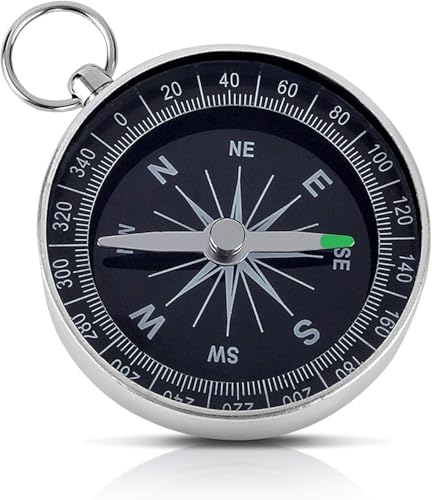The Basics of Magnetic North and True North
At some point in your life, you may have heard the terms “magnetic north” and “true north,” but you may not fully understand what they mean. Both terms are related to the Earth’s magnetic field and its relationship with geographic north, but they are not the same thing.
The Science Behind Magnetic North
Magnetic north refers to the direction pointed by a compass needle, which aligns with the Earth’s magnetic field. The location of magnetic north is constantly shifting as the Earth’s magnetic field changes, which means that maps and navigation systems need to be updated regularly to reflect the current location of magnetic north.
The Distinction of True North
In contrast, true north refers to the direction from a given point to the geographic North Pole. This is a fixed point on the Earth’s surface, unlike magnetic north, which is always moving. When using maps or navigation systems, it is essential to understand the difference between magnetic north and true north to ensure accurate navigation, especially in areas where the difference between the two can be significant, such as near the magnetic poles.
The Role of Declination
Declination is the angle between the direction of true north and the direction of magnetic north at a given location on the Earth’s surface. It is important to account for declination when using a compass or other navigation tools to navigate accurately. Maps and navigation tools often include declination information to adjust for the difference between true north and magnetic north.
The Bottom Line
The difference between magnetic north and true north can be confusing, but it is an essential distinction to understand for accurate navigation. Remember that magnetic north refers to the direction pointed by a compass needle and is constantly shifting, while true north is the direction to the geographic North Pole and is a fixed point on the Earth’s surface. To navigate accurately, it is vital to account for declination, the angle between true north and magnetic north at a given location.






